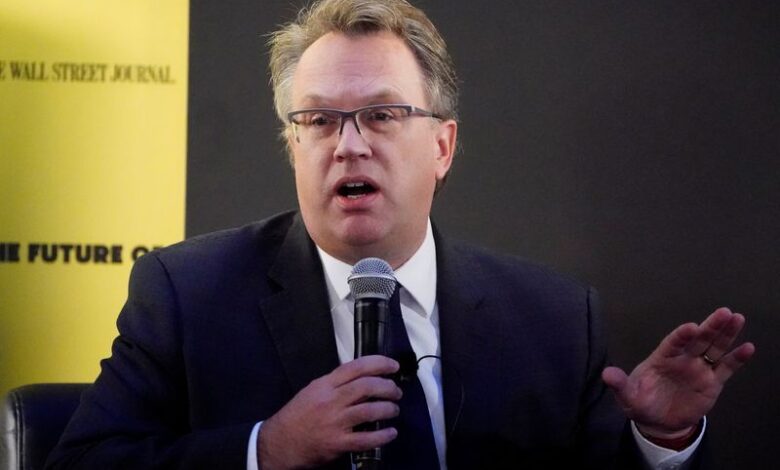Fed’s Williams says 2% inflation target ‘critical’

By Ann Saphir
PALO ALTO, California (Reuters) -The U.S. central bank’s 2% target for inflation is key to achieving price stability and essential for ensuring economic prosperity, New York Federal Reserve Bank President John Williams said on Friday.
His defense of the inflation target comes amid persistent calls from some corners for the Fed to overhaul the way it guides, sets and communicates policy.
“Theory and experience have also shown the importance of transparency and clear communication, including setting an explicit, numerical longer-run inflation target, and of taking appropriate actions to support the achievement of that goal,” Williams told a monetary policy conference at Stanford University’s Hoover Institution. “These are critical in anchoring inflation expectations, which, in turn, help keep inflation at the target.”
The Fed has been battling too-high inflation for more than two years, raising interest rates from near zero in March 2022 by more than five full percentage points, an aggressive pace not seen in 40 years.
While price pressures have eased since their peak in mid-2022, inflation is still running above the Fed’s 2% goal, a centerpiece of the Fed’s approach to policy since 2012.
Later this year Fed policymakers plan a broad review of the central bank’s policy framework, and a number of critics are urging big changes.
Indeed, former U.S. Treasury Secretary Lawrence Summers at the same conference said the Fed should drop its 2% inflation goal.
Keeping it, he predicted, would force the U.S. economy into a “fairly serious recession” in coming years.
Summers also took aim other mainstays of Fed communication, including what he called a regular “cacophony” of policy views as central bankers lay out their thinking in speeches and at public events.
Speaking on the same panel as Williams, Chicago Fed President Austan Goolsbee defended the diverse range of views and said that communication is critical.
The Fed should in fact beef up its quarterly “dot plot” of policymakers’ interest-rate-path views by including the individual economic expectations that inform each one.
Fed policymakers earlier this week agreed to leave short-term borrowing costs in the 5.25%-5.5% range where they have been since July 2023.
Neither Goolsbee nor Williams offered any updated views on where inflation will go this year and whether or when the Fed should cut rates.



